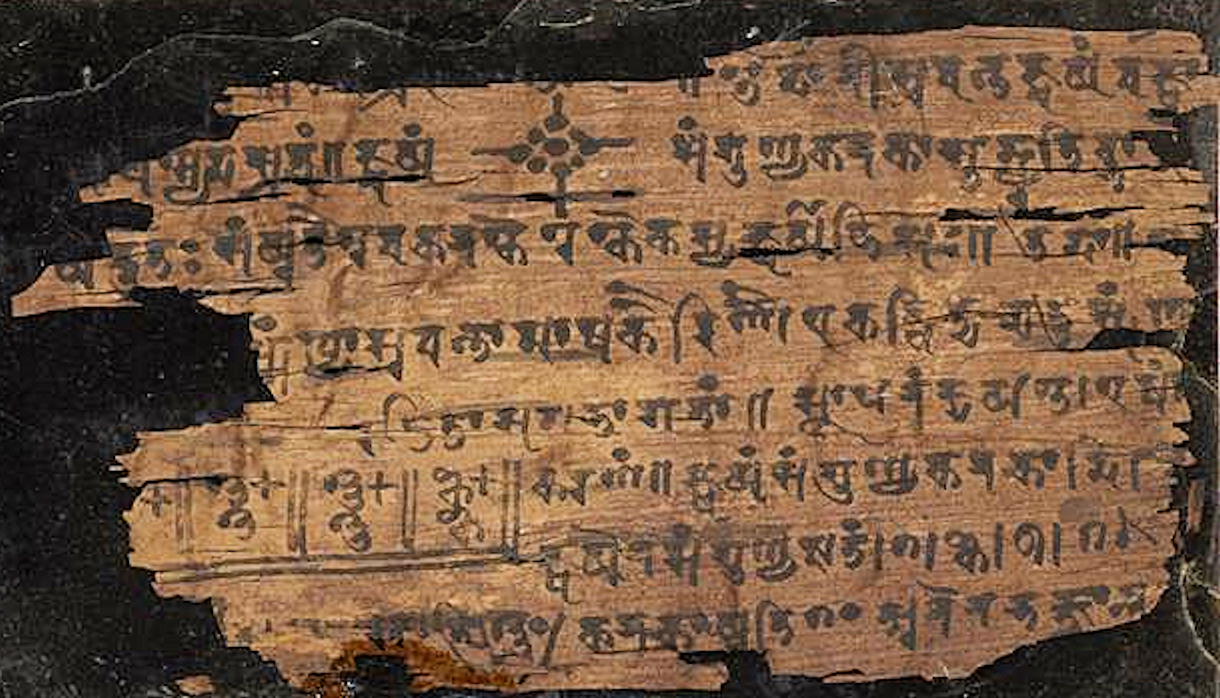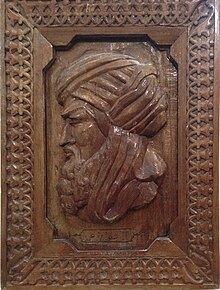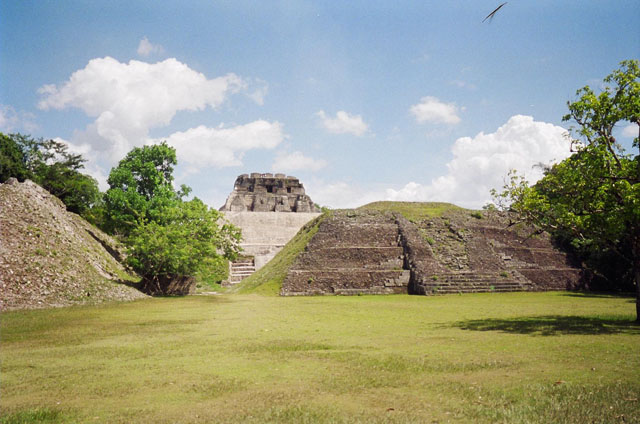Number systems and zero
Is nothing important?
The invention of written numbers has changed the world. Introducing a symbol for zero is one of the best ideas in maths. The idea has occurred independently in different cultures including India and Central America. The earliest known use of a symbol to represent zero dates to about the third centry BC and comes from Babylon in present day Iraq.
Hindu-Arabic Numbers
Hindu-Arabic Numbers are the numbers we use in the UK with digits 0, 1, 2, 3, 4, 5, 6, 7, 8, 9. They are often just called Arabic numbers to distinguish them from Roman numerals i, ii, iii, or western Arabic numbers.
This number system is much easier to use than Roman numerals because it follows a simple pattern. The brilliant idea was to introduce a symbol for zero. This allows us to write 10, 100, 1000, and so on in a systematic way. In Roman numerals 10, 100 and 1000 are each represented by a different letter (X, C and M) with no clear pattern.
The digit 0 we use today has its origins in modern-day Pakistan and India. The earliest known use of a zero symbol in India is in the Bakhshali manuscript which dates back to 224-383 AD. As you can see, they used different symbols for the digits than we do today.

Arab mathematicians learned about zero from Indian mathematicians, and we then learned about them in the west. This is why the numbers are called Hindu-Arabic numbers.
Because of Hindu-Arabic numbers have a regular pattern, the methods we use for adding numbers, performing long multiplication or long division can be applied to arbitrarily large numbers. These methods are called algorithms after the Persian mathematician Al-Khwarizmi. Al-Khwarizmi also wrote a book describing how to solve equations called Al-Jabr which is where we get our word algebra.

Eastern Arabic Numerals
These digits are used in just the same way as western Arabic numbers for counting in base 10, but a different symbol is used for each digit. These are the digits used for counting in Arabic. Similar digits are used in Persian and Urdu.
| 0 | 1 | 2 | 3 | 4 | 5 | 6 | 7 | 8 | 9 |
| ٠ | ١ | ٢ | ٣ | ٤ | ٥ | ٦ | ٧ | ٨ | ٩ |
As an example, the number 2024 is written ٢٠٢٤
What is the eastern Arabic number ٨٠٩ in Hindu-Arabic digits?
Maya Numerals
The Maya, who lived in what is now Belize in South America, also came up with the concept of zero. There number system was a base 20 system. This means that they used 20 different numerals where we use 10.
| 0 | 1 | 2 | 3 | 4 | 5 | 6 | 7 | 8 | 9 |
| 𝋠 | 𝋡 | 𝋢 | 𝋣 | 𝋤 | 𝋥 | 𝋦 | 𝋧 | 𝋨 | 𝋩 |
| 10 | 11 | 12 | 13 | 14 | 15 | 16 | 17 | 18 | 19 |
| 𝋪 | 𝋫 | 𝋬 | 𝋭 | 𝋮 | 𝋯 | 𝋰 | 𝋱 | 𝋲 | 𝋳 |
𝋢
𝋩
The Maya were using a zero symbol by around 350 A.D. Their calendar used this symbol, and one use of this calendar, found in Chiapas, Mexico, refers to the date 36 BC. It seems likely that the Maya learned this number system from the earlier Olmec civilization.

What is the Mayan number
𝋲
Babylonian Numbers
The Bablyonian system of numbers is a base-60 system, so you need 60 different symbols. This number system dates back to about 2000 BC.
Although some Bablyonians eventually found the idea of a zero symbol, they normally used a blank space instead of a zero symbol. This can sometimes be confusing. If we used a blank space instead of zero, it would be hard to tell the numbers 1, 10 and 100 apart, so introducing a symbol for zero was a good idea.

Chinese Numbers
Today Hindu-Arabic numbers are commonly used in calculations in China for mathematics, but you can also write out numbers using Chinese characters. This works in a way similar to writing out numbers in words in English such as "three hundred" but with a different character representing each word.
| 0 | 1 | 2 | 3 | 4 | 5 | 6 | 7 | 8 | 9 |
| 零 | 一 | 二 | 三 | 四 | 五 | 六 | 七 | 八 | 九 |
| 10 | 十 | ||||||||
| 11 | 十一 | ||||||||
| 12 | 十二 | ||||||||
| 20 | 二十 | ||||||||
| 50 | 五十 | ||||||||
| 100 | 百 | ||||||||
Which number system do you think is the prettiest?



